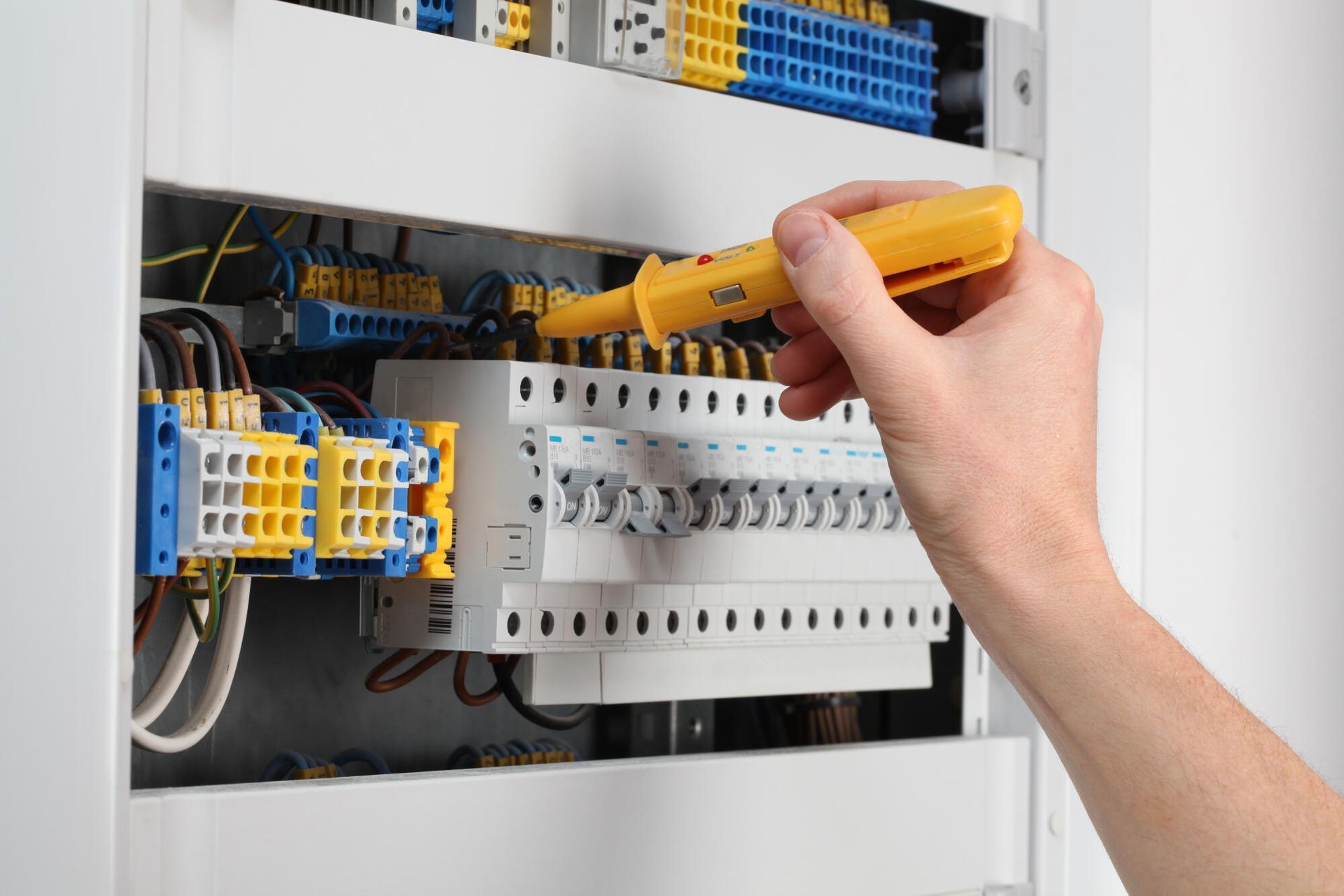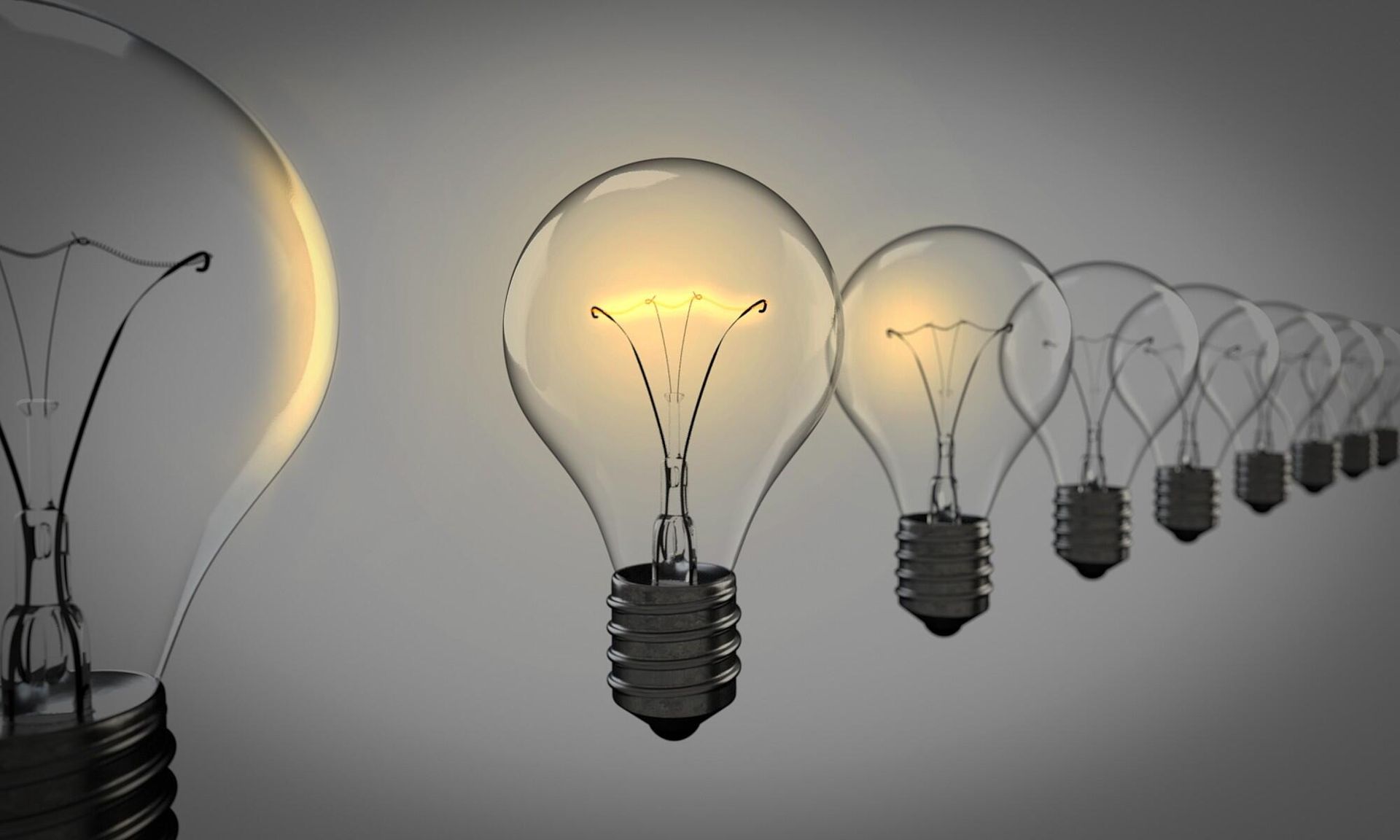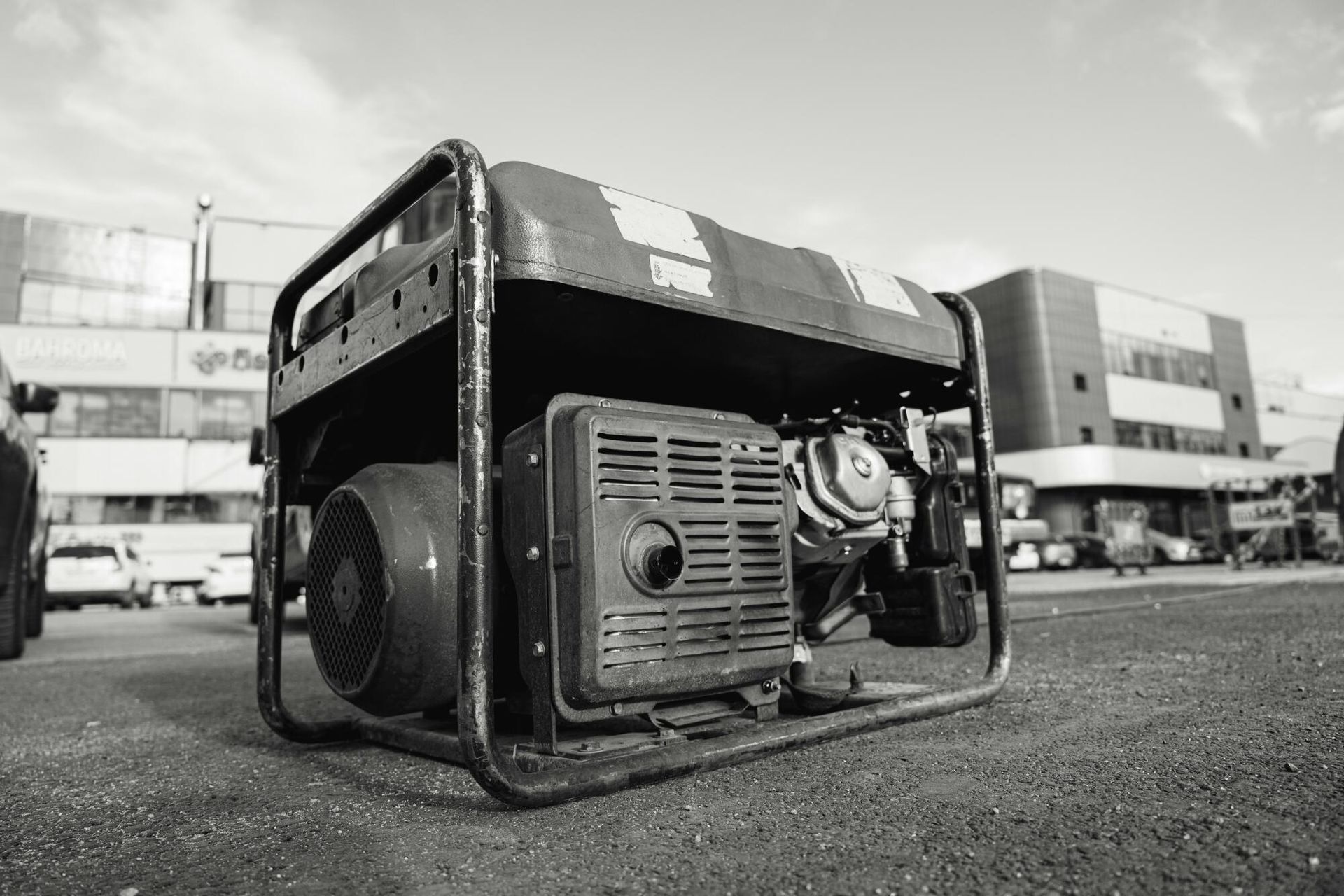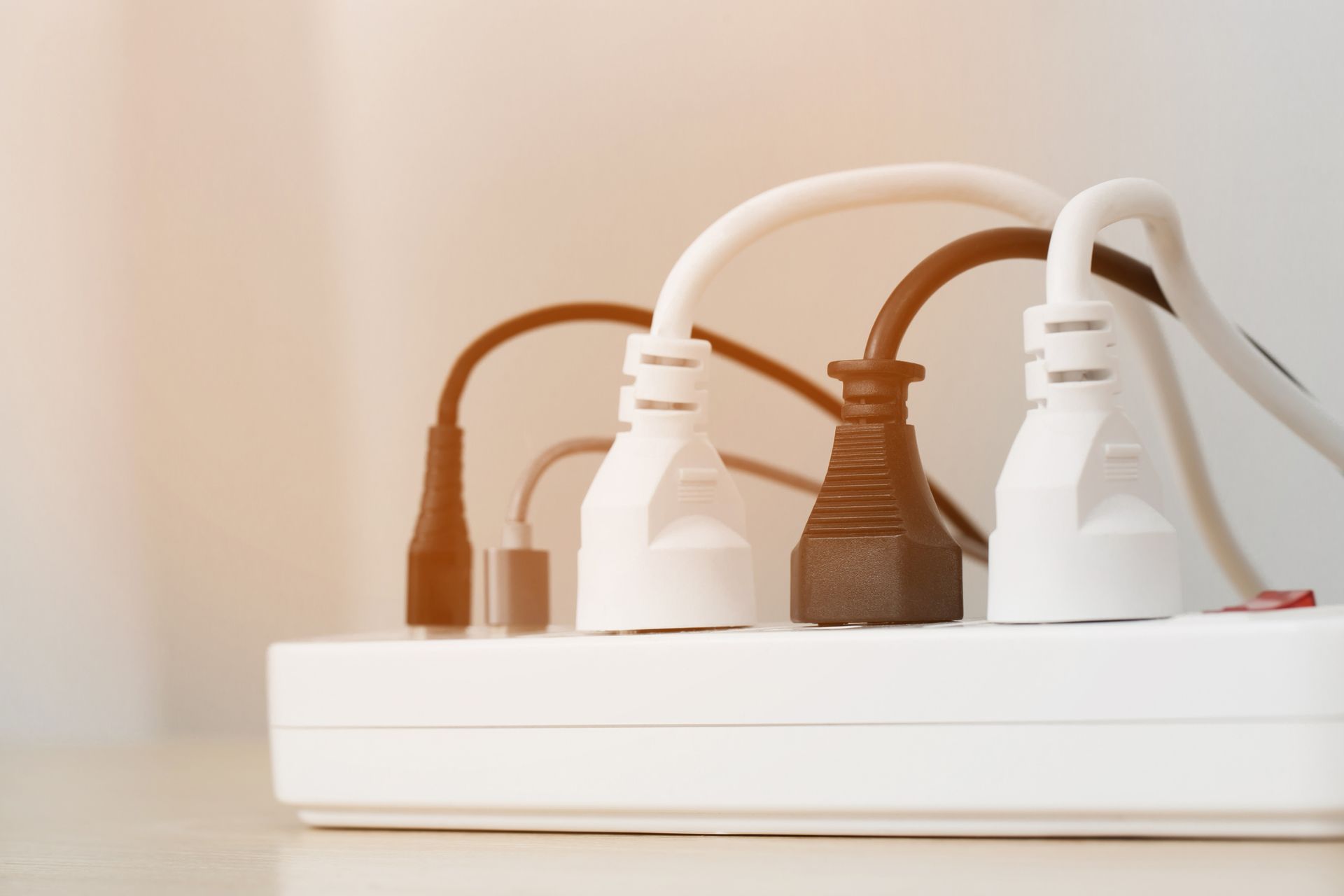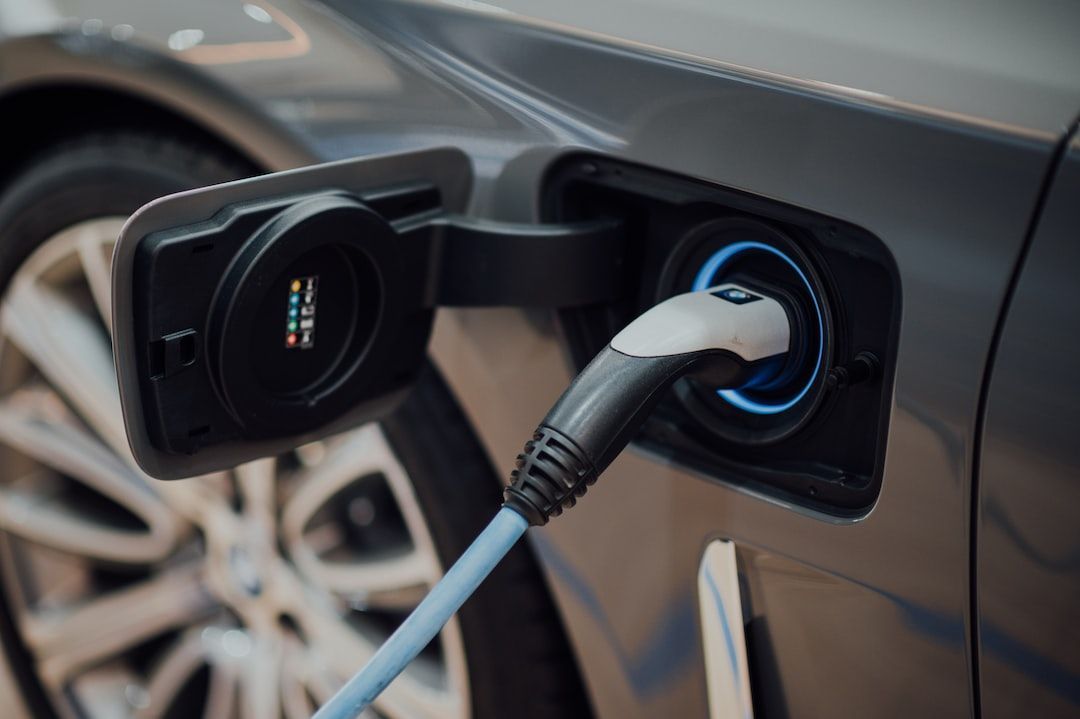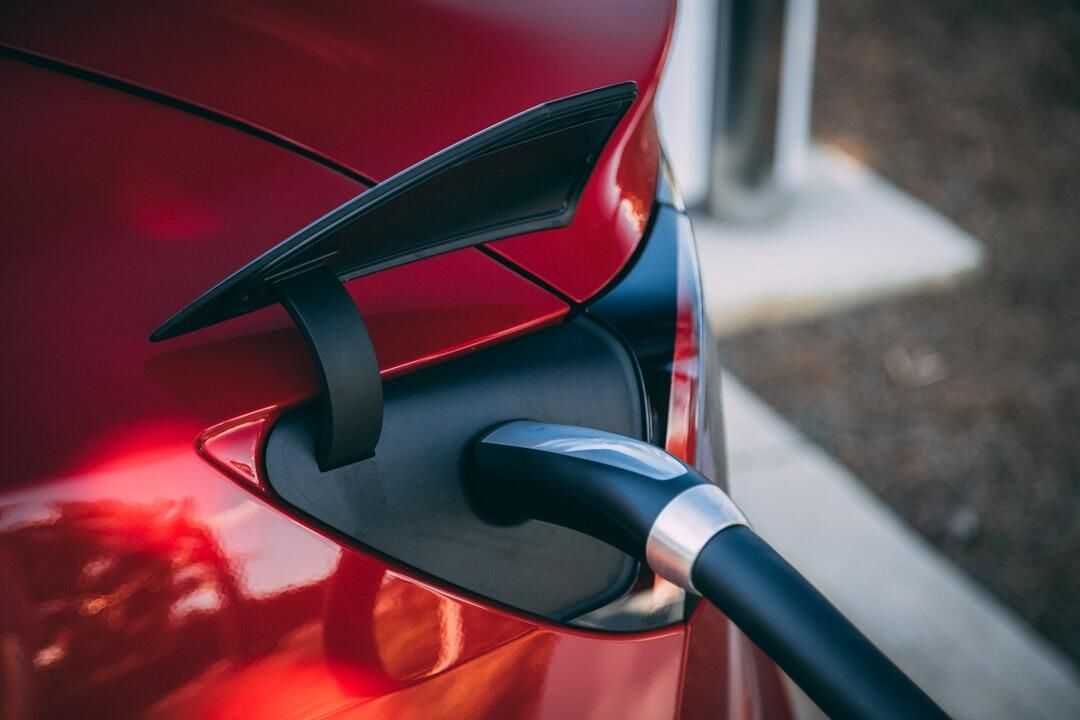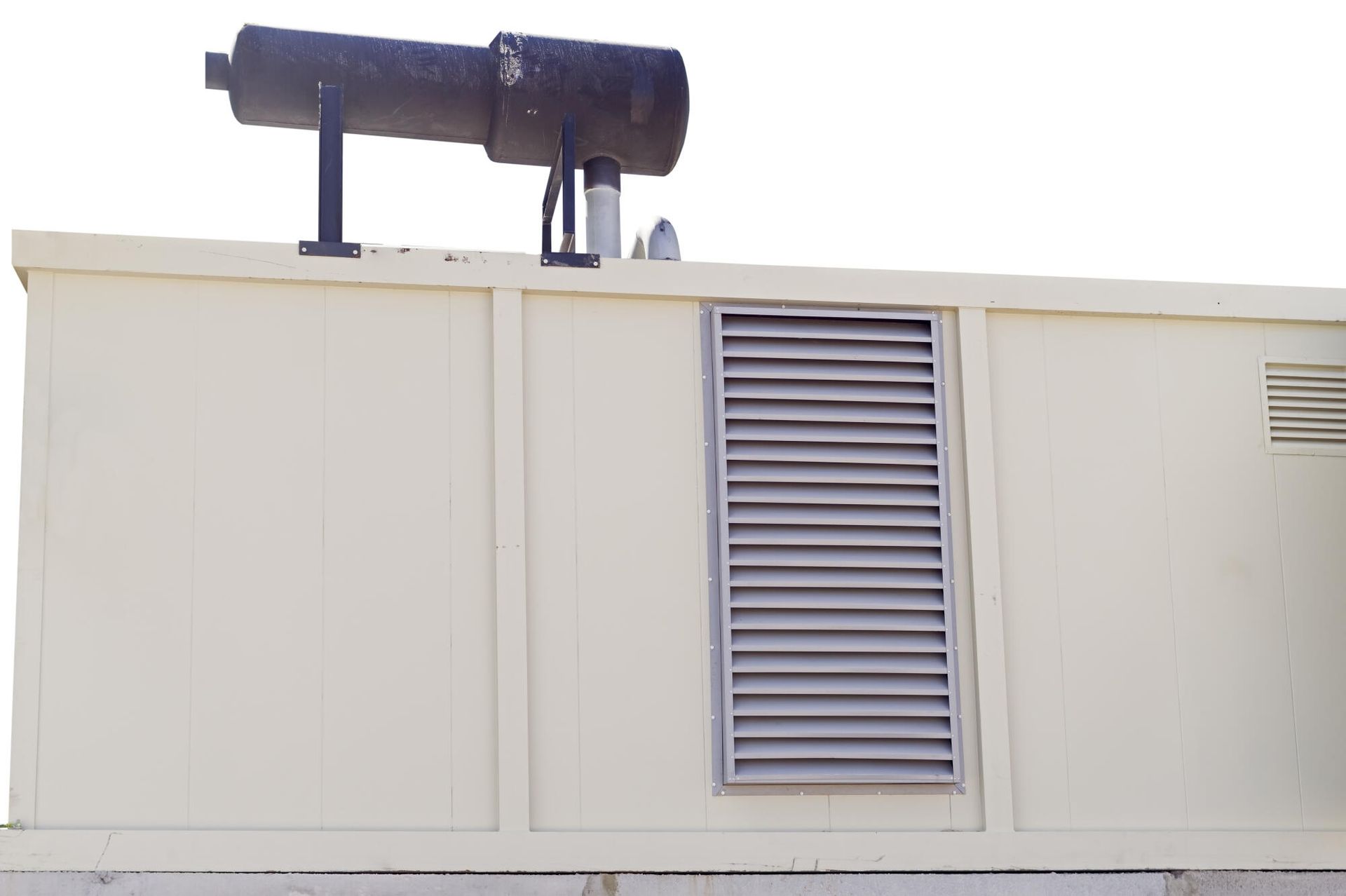Generator Installations- A Complete Guide
Are you in need of a new generator for your home? Here's everything you need to know about generator installations from your Generac dealer in Springfield, VA.
Generator sales are up nationwide as more consumers are looking for alternative means of power. Weather conditions like heavy storms can knock a power grid offline, leaving your home without electricity for a significant amount of time.
Without power, you won't have access to HVAC services or refrigeration. This could be a disaster if you lose power during the hot summer months or during the frigid winter.
The good news is that generator installations can keep the electricity flowing. Read on to learn all about installing a generator.
The Kinds of Generators
All generator installations use an internal combustion engine to generate electric power. A number of substances fuel these engines with natural gas and gasoline among the most popular choices.
There are two main kinds of generators for home use: portable generators and standby generators.
Portable Generators
Portable generators are usually fairly small. They run on gasoline and are an alright option in the case of an emergency.
However, they have a few notable downsides. Portable generators use a large amount of gasoline, which could be troublesome to store. You'll also have to start them by hand in the event of a power outage.
Standby Generators
Standby generators are the larger kind of home generator. These connect to your power line and kick on when they sense a loss of power to your home. You won't have to worry about starting them manually, so they could prove valuable if you lose power while you're not home.
These generators are a permanent installation on your property. An appropriately-sized one can power your entire home for an extended period of time.
Standby generators are powered by natural gas or propane, so you won't need to store gasoline in your home.
You'll need a professional's help with their installation, but the peace of mind is worth it. If you're considering a backup generator for your property, you can't go wrong with a standby generator.
Determining Your Power Requirements
A generator's power output is measured in watts. Most homes need a generator capable of producing at least 14kW. You'll need a standby generator for that kind of power.
Wattage is broken down into two categories: starting watts and running watts. Starting watts is the amount of energy needed to start large appliances like refrigerators. Running watts is the amount of power needed to keep items working.
You'll need to account for starting wattage when determining your energy requirements. For instance, when you open your refrigerator door, the cooling cycle needs something in the neighborhood of 1,200 watts to start up before dropping back down.
You'll need a generator that can manage the peak power consumption of all your appliances with a bit of extra room. You don't want to run your generator at maximum capacity or you'll risk damaging its internal components.
Hiring a Professional
You can avoid many generator issues by working with a professional generator installation company.
They'll be able to work with you and help you determine which generator you need to meet your power demands. You don't want to risk losing power to an important appliance like a sump pump in the middle of a storm.
They can also find the correct place to install your generator. They will be aware of all laws and regulations surrounding generator installation in your area.
You'll need them to hook it up to your gas line. In many places, it's illegal to work on gas lines without the certification a generator technician possesses.
Without the help of a professional, installing a generator could put your entire electrical system at risk. It could short the entire system, leaving you with a massive repair bill and no working electricity. A professional will make sure that your generator doesn't pose a risk to the safety of you, your neighbors, or the electrical system.
Location of Your Generator
Once you've found a generator that can accommodate your needs, you'll need to find a place to install it on your property.
This spot should be around 1.5 feet from your house, 5 feet from doors, windows, and air intakes, and leaves plenty of room for service professionals to access it.
You should also have it installed in a place where its noise won't bother your neighbors.
The ground underneath your generator installation needs to be flat and dry. You might need to pour a concrete slab or install a layer of pea gravel.
Finally, the installation site should be as close as possible to electric and gas lines. This could save you money on installation costs.
Installing Your Generator
It's now time to install your new generator. Standby generators often weigh over 1,000 pounds, so your technician will likely bring a team of people to ensure the process goes smoothly.
The first step is to position the generator. Once it's in place, the fuel line that powers the generator is connected.
They'll also need to install the transfer switch next to the breaker. This important piece is what allows it to kick on when your home loses power.
Once everything is ready for activation, your technician will conduct a test to make sure your generator is working as it should. They'll also walk you through the process of testing the generator yourself.
Generator Installations From Vancelectric
Generator installations can power your home if you lose electricity. They are becoming more popular in recent years due to more cases of severe weather and the fragility of some electrical systems.
To power an entire house, you'll need to invest in a standby generator. These generators are permanent installations and can take over when they sense your home has lost electricity.
Looking for a Generac dealer in Springfield, Va? Look no further than Vancelectric. Our technicians can help you find the perfect spot to place your generator and handle all of the installation tasks. Reach out to see how we can help you.
